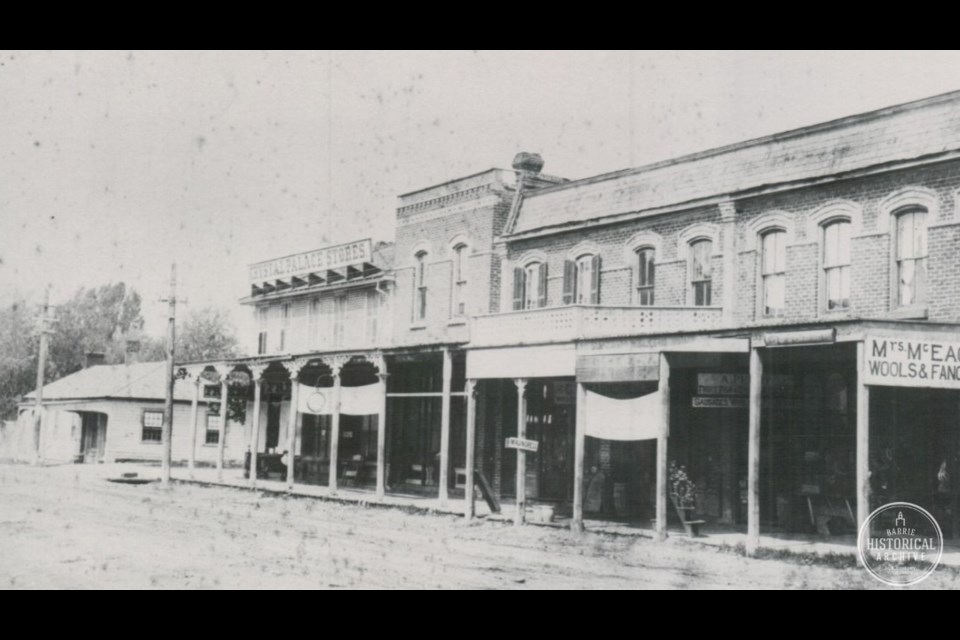For anyone who wonders what’s wrong with Barrie these days with all these gun related news stories suddenly filling the headlines, they may want to take a closer look at Barrie in “the good old days."
In 1897, a wild west style gunfight on the Government Dock sent people scattering in all directions. This was not the first instance of this kind in our little town.
Whenever firearms make their way into the hands of desperate criminals, trouble can be expected and that was true of Barrie, even in its earliest days.
On a warm July night in 1891, the operators of a small ice cream parlour near the corner of Maple Avenue and Dunlop Street West suddenly found themselves dodging bullets.
Thomas Johnson had tried his hand at all sorts of employment. He had been a wool dealer, brickmaker, carter, carpenter, millwright and railway man at various times. In 1862, he took a business risk that would almost immediately set him on the path to success.
With no real experience in the industry, Johnson bought the bakery of Samuel Wright who had been doing business in a log cabin on the north side of Dunlop Street between Five Points and Owen Street since the 1850s.
Thomas Johnson tore down the original structure and built a new wooden building. His investment paid off a short time later when the railway line was finally extended from Allandale to Barrie. Legend has it that Mr. Johnson sold out of every item in his shop on the day that the first train stopped in Barrie.
For a decade, the Johnson bakery did well. Then, along came Barrie’s constant foe, fire. The bakery had survived the blaze of June 1871 that saw the fall of the entire Glebe Block on the south side of Dunlop Street. In 1875, Johnson was not so lucky.
On the morning of the 4th anniversary of the Glebe Block catastrophe, a fire leveled the Johnson bakery and all the buildings surrounding it.
Thomas Johnson later headed a successful petition that had asked Council to complete a partial lane which entered the area to the rear of the destroyed buildings from Owen Street. The petitioners wished for the lane to be extended all the way to Clapperton Street to make the area more accessible for fire fighters in the future.
Johnson was one of the luckier merchants who had his losses fully covered by fire insurance.
Mr. Johnson relocated his business to 30 Elizabeth Street, now Dunlop Street West. The new Johnson shop was located in the former Craddock Hardware store building.
Thomas Johnson added homemade ginger beer and ice cream to his original inventory as well as confectionery items and tobacco.
To the west of the Johnson shop, on the corner, was William Freeman’s Crystal Palace, which had started as a furniture shop circa 1875 and evolved to be an emporium style store, selling just about anything imaginable.
For a decade, perhaps a little more, Freeman and Johnson were neighbours.
In that era, Barrie was hoping to move forward from its frontier town status but, now and then, outbreaks of rowdyism and drunkenness reminded the residents that they still had a way to go.
In the summer of 1890, a man decided to smash the front window of the Crystal Palace. While awaiting trial, he opted to skip town and head to the Thunder Bay area, leaving Mr. Freeman to deal with the damage without compensation.
Just short of a year later, William Freeman’s new window was destroyed again. This time, it was shot out by a man wielding a revolver.
Each week, the Barrie Historical Archive provides BarrieToday



